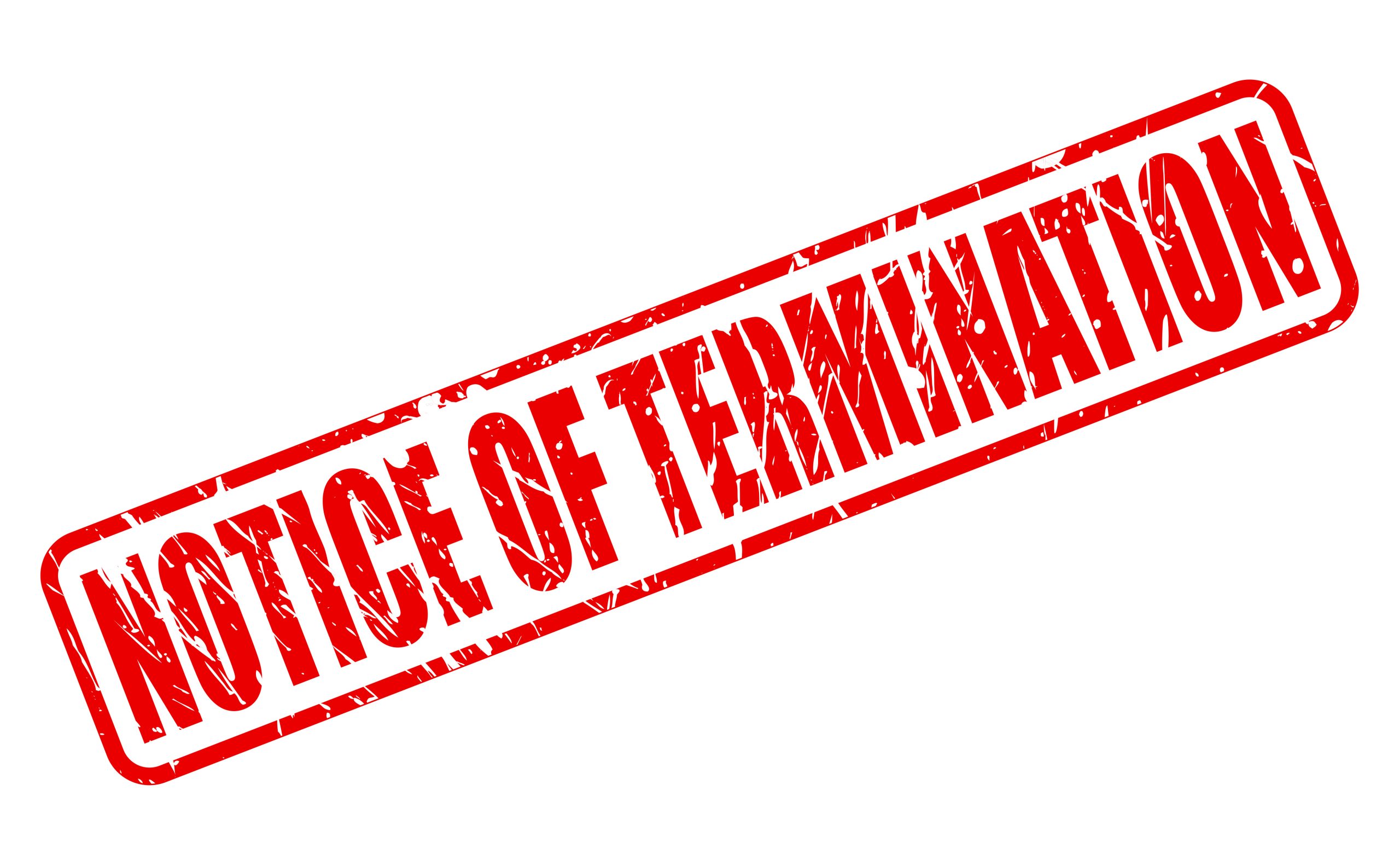
Everything You Need to Know to Stay off the TMF or MATCH List
Sep 1, 2021 3 minute Read
The Terminated Merchant File (TMF), also known as the Merchant Alert to Control High-Risk (MATCH) list is a scary place to find your name. You may be wondering how you ended up on the blacklist, why the list exists, and what you can do to get off it.
If you’ve been listed, you do have options ahead of you. If your name is not on the TMF and you want to learn how to stay off it, you’ll also find a lot of value in this post. We’ll help you understand what being MATCH-listed means, how to get off the list, and how to avoid getting back on it so you can keep business moving steadily forward.
The What, Who, How, and Why of the Terminated Merchant File
The TMF is the same thing as the MATCH list. Whenever you see TMF, Terminated Merchant File, MATCH (in all caps), MATCH-listed, or Merchant Alert to Control High-Risk, it’s all referring to the same document.
What is the MATCH list?
On the surface, it sounds like something positive. Like you’ve made it to some level of success and now your business is on “the list”. In reality, it’s the TMF is something you want to avoid being on at all costs. It’s used by credit card companies (MasterCard, Visa, and American Express) as a method to control high-risk merchants who have a history of problematic activity.
Who uses the TMF?
When applying for merchant account services, the acquiring bank will refer to the TMF to see if your business is listed. Businesses on the list are those that have had their accounts terminated, canceled, or shut down.
Businesses would rather not blatantly mention that a previous merchant account of theirs has been canceled. This list is a sort of “no escape”, allowing banks or financial institutions to see exactly who has had services terminated and why.
How do businesses get on the TMF?
Merchants can only be listed if they meet certain criteria. Bookmark this page, copy and paste the codes below in your notes, or memorize them so you can avoid reaching these extremes and, thus, becoming MATCH-listed.
The most common reason for businesses to end up on the Terminated Merchant File is chargebacks. Chargebacks are the reason behind nearly all high-risk merchant categorizing. Why are chargebacks such a bane for businesses in high-risk industries? Because the bank fronts the money when a customer requests a refund. Some high-risk merchant accounts have chargeback reserves to help mitigate this, but not all of them. And when the bank gives their own money away to cover for you, the risk is that they won’t see the money returned. If you have excessive chargebacks, you’re inching closer to getting on the TMF.
With that said, here are the Reason Codes used by banks to MATCH-list you:
Reason Code 01 – Account Data Compromise –there is unauthorized access to and use of account data
Reason Code 02 – Common Point of Purchase (CPP) – compromised account data is used to make purchases elsewhere
Reason Code 03 – Laundering – falsifying transaction records for money laundering purposes
Reason Code 04 – Excessive Chargebacks – a breach of the chargeback threshold, which is typically exceeding 1% of monthly sales with chargebacks totaling at least $5000
Reason Code 05 – Excessive Fraud – a breach of the fraud-to-sales threshold, which is typically more than 8% per month with 10+ fraudulent transactions that total at least $5000
Reason Code 06 – this code is currently not used
Reason Code 07 – Fraud Conviction – the business owner or account holder was convicted of fraudulent illegal activity
Reason Code 08 – MasterCard Questionable Merchant Audit Program – MasterCard labels the merchant as questionable
Reason Code 09 – Bankruptcy, Liquidation, Insolvency – the merchant is unable to meet financial obligations
Reason Code 10 – Violation of Standards – the regulations set by the card network (Visa, MasterCard, American Express) was violated
Reason Code 11 – Merchant Collusion – collusive and fraudulent activity was participated in
Reason Code 12 – PCI Data Security Standard Noncompliance – PCI requirements were not met by the merchant
Reason Code 13 – Illegal Transactions – illegal transactions were processed on the merchant account
Reason Code 14 – Identity Theft – the merchant or business owner’s identity was unlawfully assumed in order to enter a merchant agreement with the payment processing provider
Why does the list exist?
Banks still use the MATCH list to screen merchants. There is a bit of controversy surrounding it, though. It’s designed to protect acquirers from offering services to risky businesses who have a history of harmful behavior. But not every code mentioned above can be controlled by the merchant. So in some situations, the list is unfair and unforgiving to businesses.
The Terminated Merchant File was concocted a long time ago, before tokenization and EMV liability. eCommerce has significantly changed in just the past 5 years but the TMF hasn’t kept the same pace. That isn’t to say the file hasn’t been updated. It was completely up to the card network to decide which business ended up on the list for any reason. At least now there is a strict set of codes of which merchants have to meet the definition in order to be on the MATCH file.
Beware 3rd-party Aggregators as a High-risk Merchant
3rd-party payment processors like Stripe and PayPal are convenient options to get shopping carts and checkouts running in an instant. For many new businesses, these aggregators are likely the first choice simply from the lack of payment services research.
The danger of using these companies as a high-risk business is becoming MATCH-listed quickly. These debit card and credit card processors specifically state in their terms of service that you will be shut down if caught using the service as a high-risk business. What’s worse is this happens instantly and without warning.
This doesn’t mean that you will be on the TMF list if you use Stripe or even if the credit card processing company shuts you down. But a lot of the time, merchants don’t realize that they’ve been MATCH-listed until they apply for another account.
Always be aware of the terms of service. The better solution is to avoid services like these and get a merchant account designed for your business type.
What You Can Do to Get Your Name Off the Terminated Merchant File
The unfortunate truth is that once your name is on the TMF, it’s most likely going to stay there for the next 5 years. But just because your name is on the list doesn’t mean banks won’t do business with you. You can still gain merchant services while on the list, but it might take a bit more negotiating and convincing.
Are there guaranteed ways to remove your business from the TMF?
There are a couple of circumstances in which you can remove your name completely from the list.
The first is by resolving temporary infractions. This is pointed directly at PCI compliance. If you’ve been listed for PCI-DSS Noncompliance, all you have to do is become PCI-compliant. Once you do that, you can verify your new status with the acquiring bank and then your name will be removed.
The second is if your name is listed by mistake. As the world of e-commerce moves forward, more and more businesses are created. Maybe your business name is similar to one that should be on the list. Or maybe a human error was involved. In these cases, you can certainly dispute the writeup and clear your name.
What else can I do to clear my business from being MATCH-listed?
The rest is in the power of communication with the bank, and it all depends on why you were listed. For reasons like excessive chargebacks or bankruptcy, you can pay off any debt and provide proof (most likely in your bank statement) that chargebacks won’t be a problem in the future. Suggest placing a reserve on the account or prove that you’ve implemented some form of chargeback prevention.
Chargebacks are the leading cause of being MATCH-listed, so mitigating that issue is the best way to prove to acquirers that you’re no longer risky. You should seek to lower chargebacks, anyway, even if it doesn’t lead to your removal from the file. If your name is still on the list and you’re applying to new merchant account providers, an understanding of chargebacks and the effort towards prevention is attractive.
Use a Merchant Account Provider with Chargeback Protection to Avoid the TMF
Merchant account providers like DirectPayNet offer chargeback protection and fraud prevention measures. Using a provider like us can help you mitigate chargebacks, maintain steady sales, process credit cards (as well as other forms of payment), and ultimately keep your name off the Terminated Merchants File.
Stay cognizant of the Reason Codes above and utilize services that protect your business. It’s better to invest in protective measures now, otherwise you risk getting your business listed and ultimately destroyed.





4 thoughts on “Everything You Need to Know to Stay off the TMF or MATCH List”